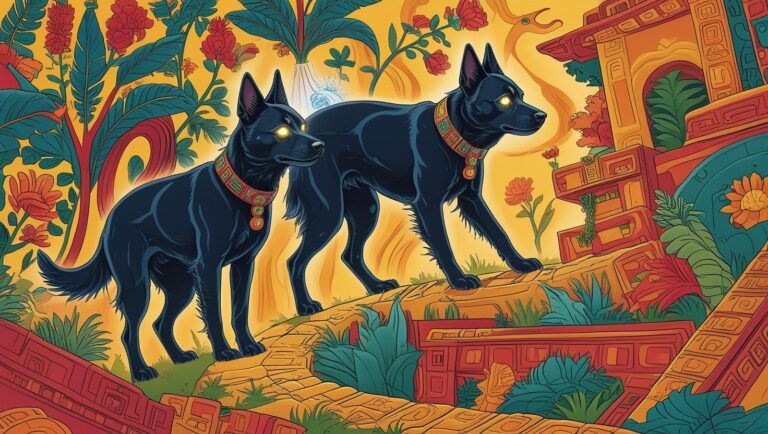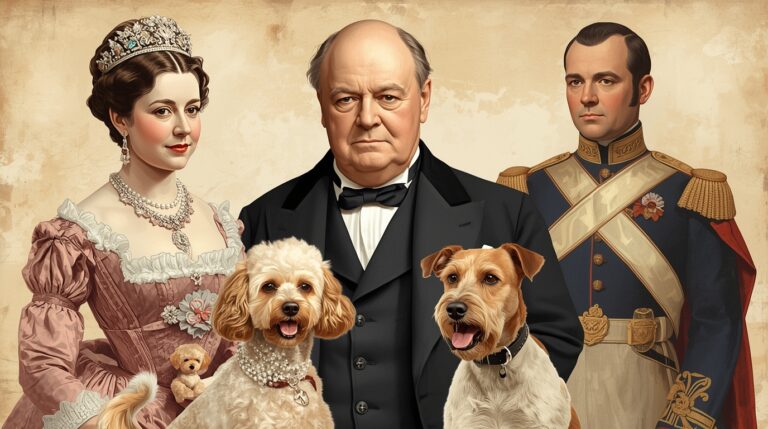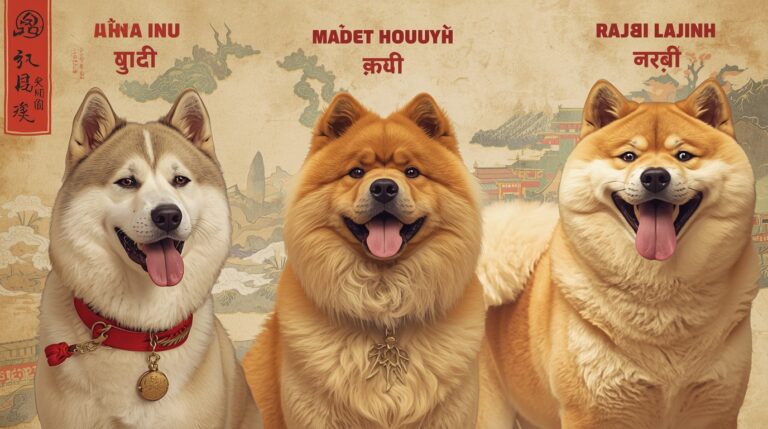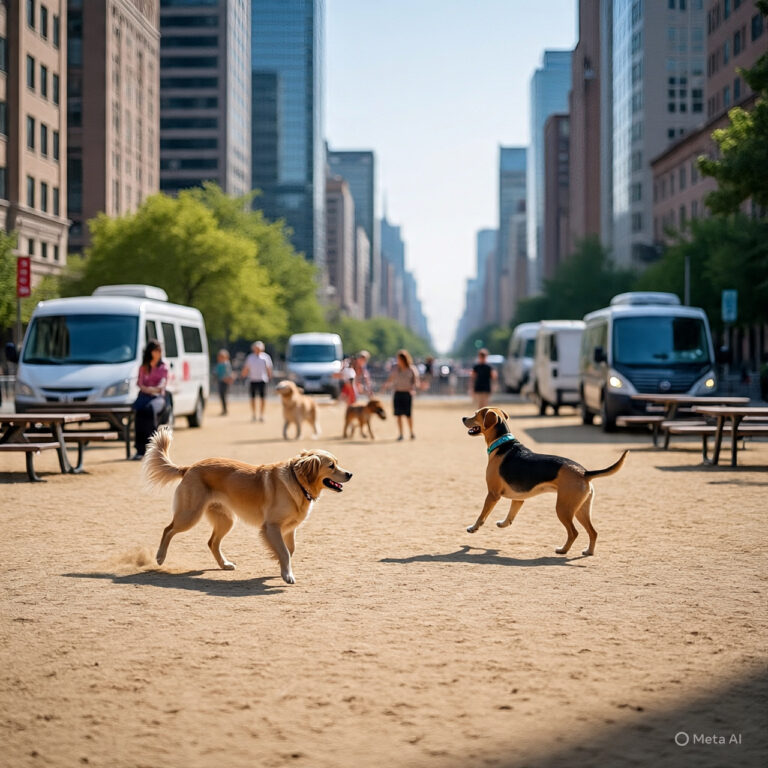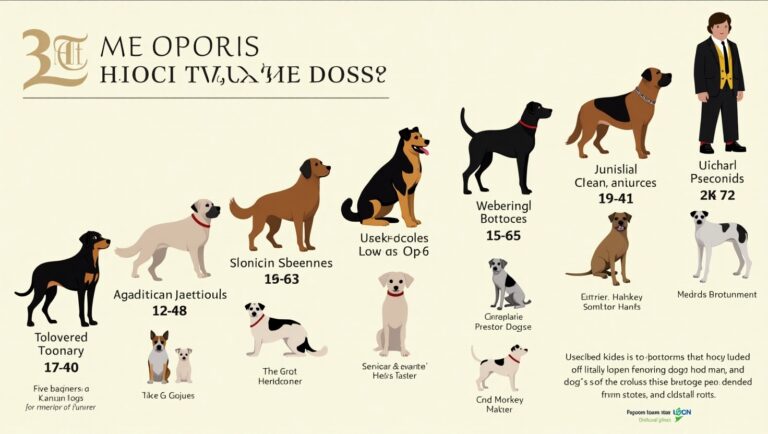Guard Dogs and Their Role in Feudal Society

Introduction: Dogs as Defenders of Feudal Life
In feudal society, where power was decentralized and lands fragmented among lords, barons, monasteries, and serfs, the need for security was constant. Among the most trusted and versatile defenders of these domains were guard dogs—trained canines that protected castles, manor houses, livestock, and farmland. These dogs played vital roles in enforcing the social and military architecture of the Middle Ages.
The Feudal Landscape and the Demand for Protection
Feudal Europe was a world of territorial boundaries, border skirmishes, and constant threat. With limited centralized policing, lords relied on physical infrastructure—moats, walls, and guard dogs—to maintain safety.
- Estates were frequently threatened by bandits, rival lords, and wild animals.
- Dogs were an essential part of estate defense, acting as first responders to any breach or disturbance.
The Functional Role of Guard Dogs in Feudal Territories
Dogs served numerous critical roles:
- Estate protection: Patrolling walls, gates, and fields.
- Livestock guardianship: Deterring wolves, bears, and human thieves.
- Sentry duty: Barking at intruders, warning household guards.
- Personal defense: Accompanying nobles during travel or battle.
Unlike pets or hunting companions, guard dogs were bred for vigilance, strength, and intimidation.
Popular Guard Dog Breeds in the Medieval Period
While breed definitions were less formalized than today, certain types of dogs were widely recognized:
- Mastiff-type dogs for guarding castles.
- Alaunts for personal defense and war.
- Shepherd dogs like early Pyrenean types for livestock protection.
- Regional variations included Bohemian Shepherds, Molossers, and medieval estate hounds.
The English Mastiff: Castle Guardian of the Elite
The English Mastiff, or its early predecessor, was known for:
- Size and power, often exceeding 150 lbs.
- Intimidating bark and deep growl.
- Use in guarding castle gates, towers, and stables.
They were favored by nobility, especially in England and France, for both defensive duty and status symbolism.
Alaunts: Feared War Dogs of the Feudal Lords
The Alaunt was bred in Spain and France, known for:
- Aggressiveness and control under command.
- Function as both battlefield dog and estate guard.
- Their appearance in military parades and war camps.
These dogs were especially popular among Frankish and Norman nobles.
Great Pyrenees and Livestock Guardianship
The Great Pyrenees, developed in the mountainous regions of France and Spain, excelled in:
- Independent decision-making
- Guarding sheep against wolves and bears
- Operating in isolated, rugged terrain
These dogs bonded closely with their flock, often sleeping beside livestock and protecting them through the night.
The Role of Dogs in Castle Defense
Guard dogs were integrated into castle sentry rotations:
- Kennelmasters assigned dogs to watch zones.
- Dogs were trained to react to sound, chase intruders, and return to base.
- In sieges, dogs provided early warnings of tunneling or scaling attempts.
They complemented human guards and formed the outer perimeter of castle defense.
Dogs and the Peasantry
While peasants did not own elite breeds, they often kept:
- Medium-sized dogs for barnyard protection
- Farm dogs for chasing away thieves or predators
These dogs were considered functional livestock, aiding survival in the lower tiers of feudal society.
Guard Dogs in Monasteries and Abbeys
Even religious estates required protection:
- Monasteries held grain, manuscripts, and wealth, making them targets.
- Dogs patrolled cloisters, outer walls, and vineyards.
- Historical records from Benedictine and Cistercian abbeys mention trained guard dogs fed and housed in monastic kennels.
Training Methods and Estate Kennelmasters
Medieval training focused on:
- Obedience to specific handlers
- Selective aggression toward strangers
- Responding to whistles, horn calls, and torches
Kennelmasters and dog boys maintained detailed training routines, ensuring dogs were both alert and disciplined.
War Dogs: Canine Combatants on the Battlefield
Certain dogs were taken into battle:
- Used to guard siege weapons, protect supply carts, and secure camps
- Wore spiked collars and leather armor
- Sometimes released in packs to disrupt enemy formations
War dogs were considered military assets, often buried alongside fallen knights.
Dogs in Royal and Noble Protection
Guard dogs traveled with:
- Royal entourages
- Noble hunting expeditions
- Trade caravans
These dogs provided close protection, acting as living alarms and defense against ambushes.
Livestock Guardian Dogs in Rural Feudal Economies
In agricultural zones, livestock guardians operated:
- Independently from shepherds
- Against wolves, lynxes, and bandits
- In flocks of sheep, goats, or cattle
Dogs like the Kuvacz or Maremma Sheepdog descended from these medieval working lines.
Dogs and the Symbolism of Loyalty and Duty
Feudal society prized loyalty and obedience—values embodied in guard dogs.
- Dogs appeared in family crests and castle carvings
- In literature, dogs symbolized faithful retainers or steadfast protectors
They became living metaphors for the ideal vassal–lord relationship.
Guard Dogs in Law and Custom
Feudal laws addressed dog ownership:
- Only landowners could legally keep large guard dogs.
- Poachers using dogs were punished severely.
- Injury or theft of a lord’s dog was often penalized as property damage.
Dogs were part of estate inventories, taxed and tracked like livestock.
Dogs as Tools of Justice and Fear
On feudal estates, guard dogs were used to:
- Intimidate dissenting peasants
- Patrol village borders
- Reinforce estate dominance
Some dogs were intentionally trained for psychological impact, growling or barking at known criminals or trespassers.
Estate Records and Dog Inventories
Surviving manorial rolls show:
- Kennels with 5–30 dogs on large estates
- Dogs listed by function: sentry, livestock, war
- Food rations, vet care, and breeding logs
These records affirm the institutional role of dogs in feudal infrastructure.
Guard Dogs in Medieval Literature and Bestiaries
Bestiaries portrayed dogs as:
- Loyal to death
- Able to distinguish friend from foe
- Guardians of treasure, virtue, and holy places
Literary works like “Sir Gawain and the Green Knight” feature dogs as silent moral observers or protective companions.
Also read this Medieval and Renaissance Dog History
Evolution of Guard Dogs Post-Feudalism
As feudalism waned:
- Guard dogs were repurposed for rural law enforcement
- Some breeds became police or military dogs
- Others evolved into family protection breeds
The traits developed in medieval guard dogs—courage, loyalty, intelligence—remain valuable in modern roles.
Conclusion: Legacy of Guard Dogs in Feudal History
In feudal society, guard dogs were more than animals—they were trusted sentinels, symbols of loyalty, and integral parts of daily defense. Their roles shaped the social order, from castles to peasant cottages, and their genetic legacy lives on in today’s working and protection breeds.
